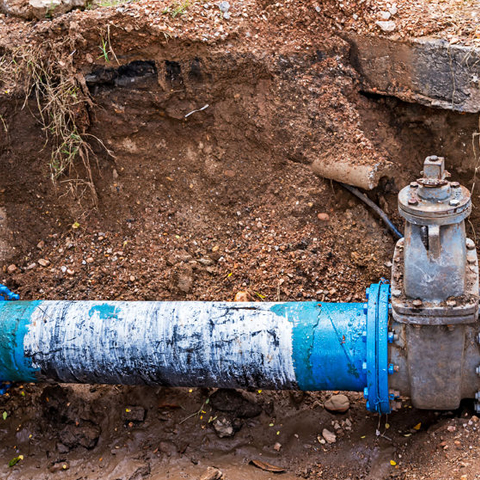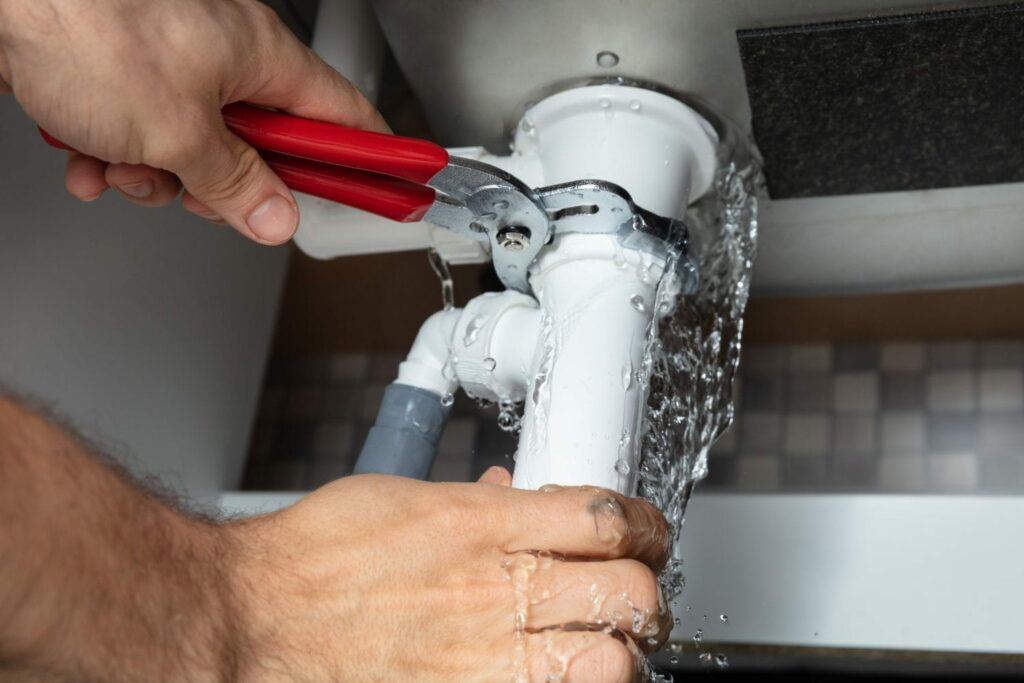From Detection to Correction: A Fast Approach to Handling Burst Pipes
From Detection to Correction: A Fast Approach to Handling Burst Pipes
Blog Article
We have encountered this post pertaining to How to install a dishwasher safely listed below on the net and believe it made perfect sense to write about it with you in this article.

A ruptured pipe is a major emergency; you can just stand as you see water you pay a lot to reunite with the planet. In worse cases, you discover a swimming pool on your kitchen area flooring, which is a great trip risk, particularly if you have kids around. If the pipe that burst was in your wall surfaces, trouble: you may need to paint that whole section.
Exactly how can a tragedy like a burst pipe be avoided as well as taken care of? Well, by listening to your professional emergency plumbing technicians and also adhering to these regulations.
How do I know when my pipelines have burst?
Varying water stress
Pipelines do not simply burst in a day. You may have noticed that your kitchen tap or shower doesn't run right away when you turn the tap. It might stop for a couple of seconds and then blast you with more force than normal.
In various other instances, the water may seem normal at first, then drop in stress after a couple of secs.
Damp wall surfaces and also water discolorations
Prior to a pipeline ruptureds, it will certainly leak, most times. If this relentless dripping goes undetected, the leakage might finish right into a large laceration in your pipeline. One simple method to prevent this emergency is to watch out for wet walls ad water spots. These water spots will certainly lead you right to the leakage.
Puddles under pipes as well as sinks
When a pipe ruptureds, the outflow creates a puddle. It might appear that the pool is growing in dimension, as well as no matter the number of times you wipe the puddle, in a couple of minutes, there's an additional one waiting to be cleansed. Commonly, you might not be able to map the pool to any type of visible pipelines. This is an indication to call an expert plumber.
Untraceable trickling noises
Pipeline ruptureds can occur in the most unpleasant places, like within concrete, inside walls, or under sinks. When your house goes quiet, you may be able to listen to an aggravatingly consistent trickling noise. Also after you have actually inspected your shower head as well as cooking area tap, the dripping might proceed.
Precious reader, the trickling might be coming from a pipe inside your wall surfaces. There isn't much you can do regarding that, other than tell an expert plumber.
Shut down the Water
When water ices up, it expands in quantity by regarding 9 percent. And also it broadens with remarkable force: The stress inside pipelines might go from 40 pounds per square inch to 40,000 psi! No pipeline can hold that much stress, so it breaks open. The break might happen where the ice forms, yet more frequently, it occurs where water stress finds a weak point in the pipe. That might be inches or even feet from the icy area. Locate the water shutoff valve and switch off the water to prevent even more damages. You might likewise need to turn off the electrical energy too, depending upon where the leakages occurs and also how huge it is.
Infected water
Lots of people think a burst pipeline is a one-way outlet. Rather the contrary. As water spurts of the hole or gouge in your plumbing system, pollutants locate their way in.
Your water might be infected from the source, so if you can, inspect if your water container has any problems. Nevertheless, if your drinking water is supplied and also cleansed by the local government, you should call your plumber promptly if you see or scent anything funny in your water.
What do I do when I identify a ruptured pipe?
Your water meter will remain to run also while your water wastes. To minimize your losses, discover the main controls as well as transform the supply off. The water pipe are an above-ground structure at the edge of your building.
How to Fix & Detect a Leaking Pipe
How Do I Know if a Pipe is Leaking?
Leak detection tests can help you determine if your pipe has a leak. Even if you don’t see an apparent leak, you should still conduct leak detection tests regularly to save water and money—and prevent major damage to your home.
Water meter. It can be helpful to figure out what your usual water meter usage numbers are and then monitor them regularly. To monitor your meter, first, turn off all water faucets in your home. Check the meter and write down the numbers. In a few hours, check the meter again. If the numbers have changed, you have a leak. Water gauge. Use a water gauge to test your water pressure. Your showerhead should produce a certain amount of water pressure based on its model and design. If the pressure is lower than it is supposed to be for that specific showerhead, your home likely has a leak. Puddles. Look inside your bathroom, laundry, and kitchen sink cabinets. Puddles around the cabinets or around toilets, tubs, showers, and washing machines indicate the presence of a leaking pipe. You may also notice loose tiles, peeling or flaking paint, or mold caused by water accumulation. Napkin test. Even if you don’t see any puddles, you may still have a leak. You can test for water leaks in the bathroom, laundry, and kitchen by wiping below-sink connections with a napkin, paper towel, or piece of toilet paper. If it becomes damp, you probably have a leaking pipe under the sink. Discolored walls. Walls that are discolored—usually with brown or yellow stains—or bulging might mean that they have been impacted by water damage caused by a leaking pipe. Smell. A leaky pipe will create sitting water, and over time, that water may develop a musty smell. If your home smells musty, but you can’t locate the source, it may be due to a leak. Steps for Fixing a Leaking Pipe
A leaky drain can be remedied by tightening the pipe base, replacing the drain seal, caulking the rim, and tightening the pipe nut. Similarly, a leaking toilet pipe can be treated by tightening the packing nut. You may also need to replace the valve. A leaky faucet may just need tightening or replacement of the washers. If that doesn’t work, consider replacing your faucet. If your pipe has a hole in it, you may want to use a pipe leak sealer or pipe leak tape. This quick fix for water pipe leaks can also temporarily fix a copper pipe leak. https://www.ahs.com/home-matters/quick-tips/how-to-tell-if-pipes-are-leaking/

I stumbled upon that piece of writing on What to Know Before Installing a Dishwasher when exploring the web. In case you appreciated our article please remember to pass it around. We recognize the value of reading our article about What to Know Before Installing a Dishwasher.
Quote & Schedule
Report this page